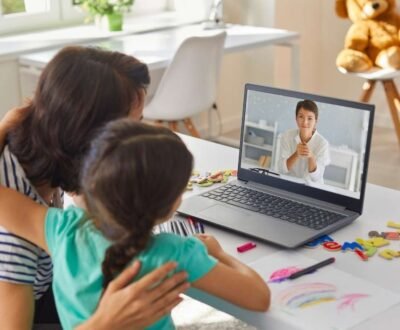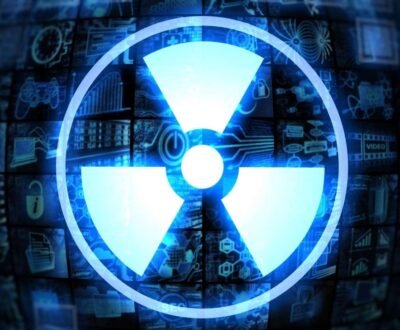Robotic-assisted imaging knows no distance in its diagnostic applications, suggests two research studies that use the technology in trans-Atlantic ultrasound and remote echocardiogram examinations. Both Mount Sinai studies are published in the Journal of the American College of Cardiology–Imaging’s August issue.

The first study tested a small, lightweight robotic arm capable of performing an ultrasound. The robotic arm was stationed in Boston but was connected via low-bandwith Internet to a personal computer in Munich, Germany. The computer was used to remotely conduct a carotid ultrasound exam. The trans-Atlantic exam was succesfully completed within four minutes.
This telerobotic technology also appears to be user-friendly, study experiments revealed. Besides experts, early trainees were able to operate it without trouble.
Partho P. Sengupta, MD, principal investigator, describes the benefits of the study: “This feasibility and timeefficiency of long-distance, telerobotic ultrasound may help expand the role of imagers to care for patients online, virtually lending a true ‘helping hand’ remotely and providing a patient’s care team expert guidance.”
In the second study, researchers examined how remote robotic echocardiogram tests along with video consultations affected the diagnostic process time among heart failure patients in a rural community in northern Sweden. Remote consultations and exams were conducted on half of the study patients. The other half received a standard of care referral to a hospital, located at least 100 miles away from the Primary Healthcare Center.
Based on study results, the time it takes for patients to get their diagnosis is substantiallyreduced to 27 days for the remote consultation and testing group. The patients were able to obtain a specialist consultation with 12 days.
Those who traveled to the hospital had to wait about 114 days to receive their diagnosis and 86 days to consult with a specialist. “As a result of our pilot study, we were able to establish a safe and efficient e-health solution to improve the comprehensive, convenient examination of suspected heart failure patients,” says Jagat Narula, MD. With their findings, both studies can serve as a model for initiatives to improve health care access and delivery using remote, robotic imaging.
About us and this blog
We are a teleradiology service provider with a focus on helping our customers to repor their radiology studies. This blog brings you information about latest happenings in the medical radiology technology and practices.
Request a free quote
We offer professional teleradiology services that help hospitals and imaging centers to report their radiology cases on time with atmost quality.
Subscribe to our newsletter!
More from our blog
See all postsRecent Posts
- Understanding the Challenges of Teleradiology in India January 19, 2023
- Benefits of Teleradiology for Medical Practices January 16, 2023
- Digital Transformation of Radiology January 2, 2023









